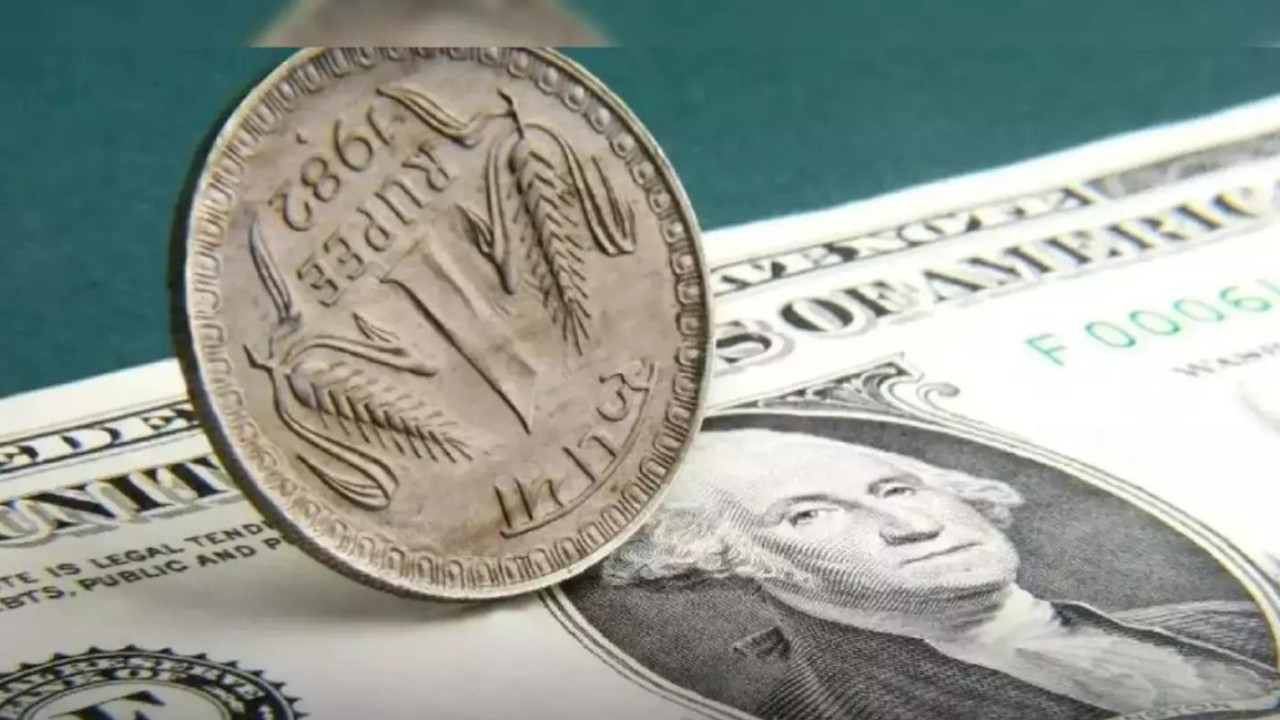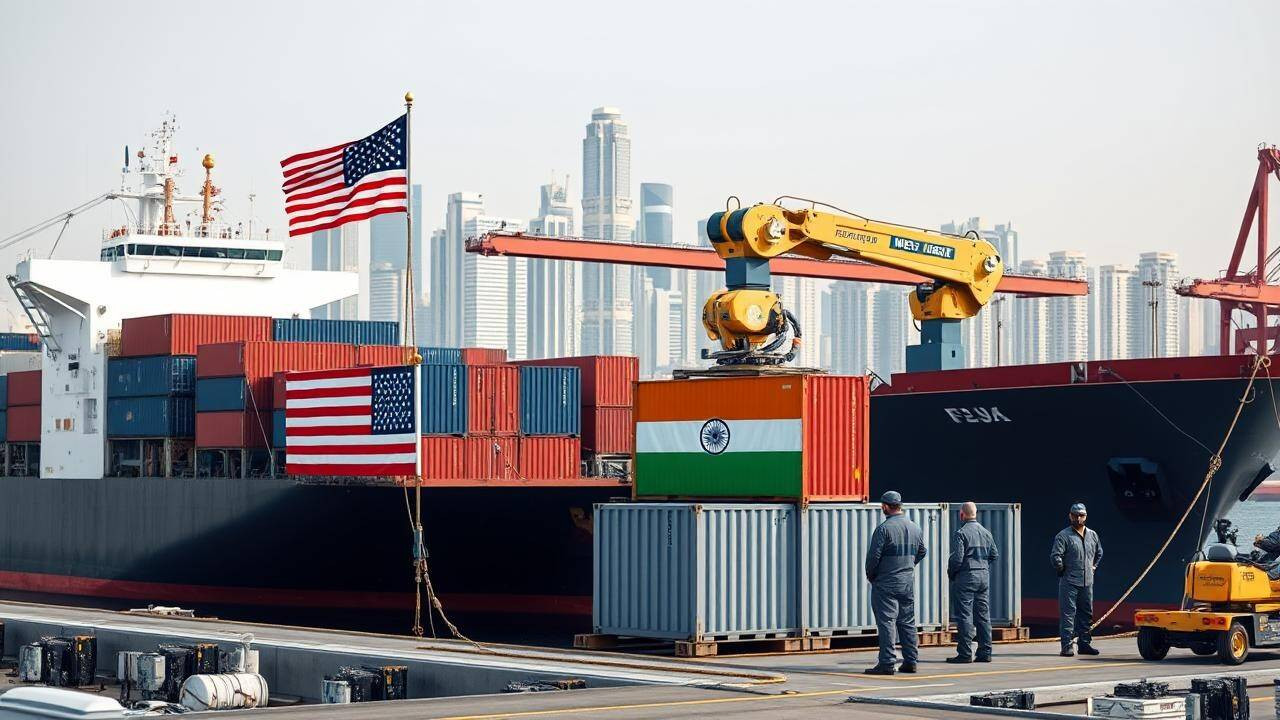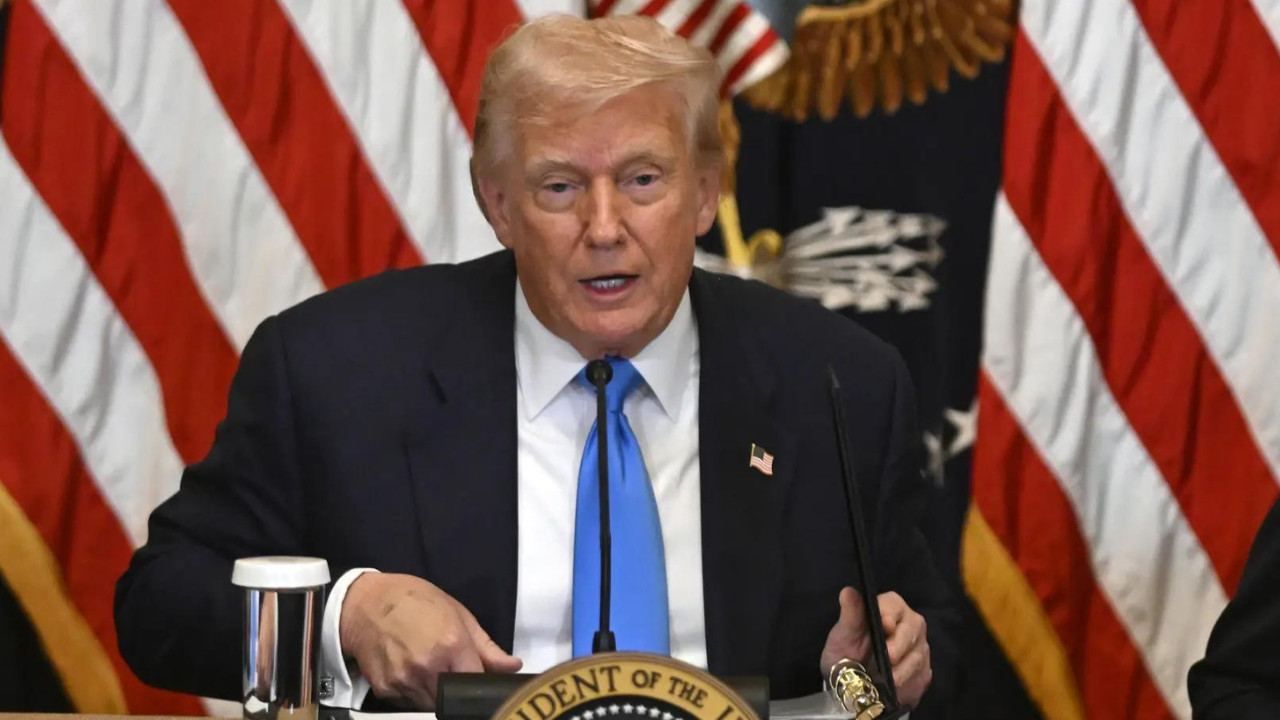The rupee weakened to 86.38 against the US dollar due to India-US trade deal uncertainty and foreign fund outflows. Despite softer crude oil prices and a weaker dollar providing some support, negative domestic equity trends limited gains. Traders are cautious ahead of US economic data releases, with the USD-INR spot price expected to trade between 86.10 and 86.65.
Navigating the Rupee Rollercoaster: Understanding Recent Fluctuations
The Indian Rupee has been on a bit of a slide lately, and if you’ve been following the financial news, you’ve probably noticed. For five consecutive trading days, it’s dipped against the US dollar, closing most recently at 86.38. But what’s driving this downward trend, and what does it mean for the Indian economy and your wallet? Let’s delve into the factors at play.
One significant weight dragging on the Indian Rupee is the lingering uncertainty surrounding global trade deals. International trade dynamics are complex, and any hint of instability sends ripples through currency markets. When large-scale trade agreements are up in the air, investors tend to flock to perceived safe-haven currencies like the US dollar, increasing demand and strengthening its value relative to other currencies. This ‘flight to safety’ puts downward pressure on currencies like the Rupee.

Another key factor influencing the Rupee’s performance is the persistent outflow of foreign institutional investment (FII). FII represents money invested in the Indian market by overseas institutions. When these investors pull their money out, they sell Rupees to buy their home currency, increasing the supply of Rupees in the market and decreasing its value. Several elements could be contributing to these outflows, including concerns about global economic growth, rising interest rates in other countries enticing investors to shift their capital, or even domestic policy uncertainties. Understanding these FII movements is crucial for anyone tracking the Indian Rupee.
It’s not just international factors at play; domestic economic indicators also have a considerable impact. India’s economic growth trajectory, inflation rates, and fiscal policies all contribute to the overall health of the Rupee. For example, higher inflation can erode the Rupee’s purchasing power, making it less attractive to investors. Conversely, strong economic growth and sound fiscal management can bolster confidence and support the Rupee’s value.
So, what does a weaker Rupee mean for the average person? Well, several things. Firstly, imports become more expensive. India imports a significant amount of goods, including crude oil, electronics, and machinery. A weaker Rupee translates to higher prices for these imports, potentially fueling inflation. This, in turn, could lead to increased costs for consumers.
Secondly, it can impact the competitiveness of Indian exports. While a weaker Rupee can make Indian goods cheaper for foreign buyers, boosting export revenue, this benefit is often offset by the increased cost of imported raw materials and components used in manufacturing. The net effect on the trade balance can be complex and depends on various factors.
Looking ahead, it’s essential to keep a close eye on key economic indicators, global trade negotiations, and FII flows. The Reserve Bank of India (RBI) also plays a crucial role in managing the Rupee’s exchange rate. The RBI can intervene in the currency market by buying or selling Rupees to influence its value. The central bank’s monetary policy decisions, such as interest rate adjustments, also have a significant impact on the Rupee.
Furthermore, understanding the interplay between different asset classes is vital. For example, fluctuations in gold prices can impact the Rupee, as India is a major gold importer. Changes in crude oil prices also have a significant impact, given India’s reliance on oil imports. See our previous article on [managing investment risk in volatile markets](internal-link-to-related-article).
Navigating the world of currency fluctuations can feel like a high-wire act. Predicting the exact future direction of the Indian Rupee is difficult, but by understanding the underlying factors driving its performance, we can better anticipate potential impacts on the economy and our personal finances. Paying attention to global economic news, monitoring FII activity, and staying informed about domestic economic policies are all crucial for navigating the Rupee rollercoaster.







